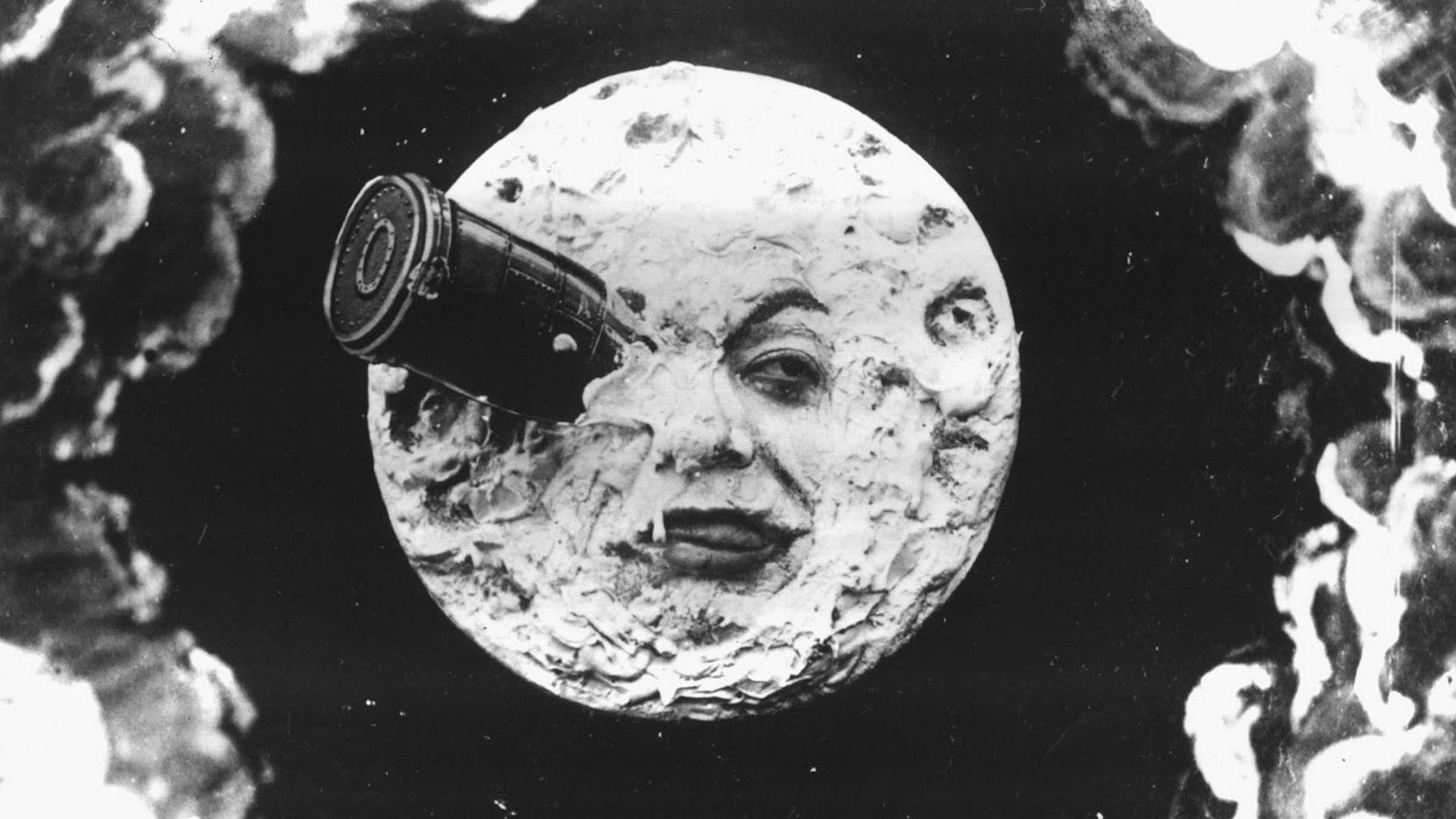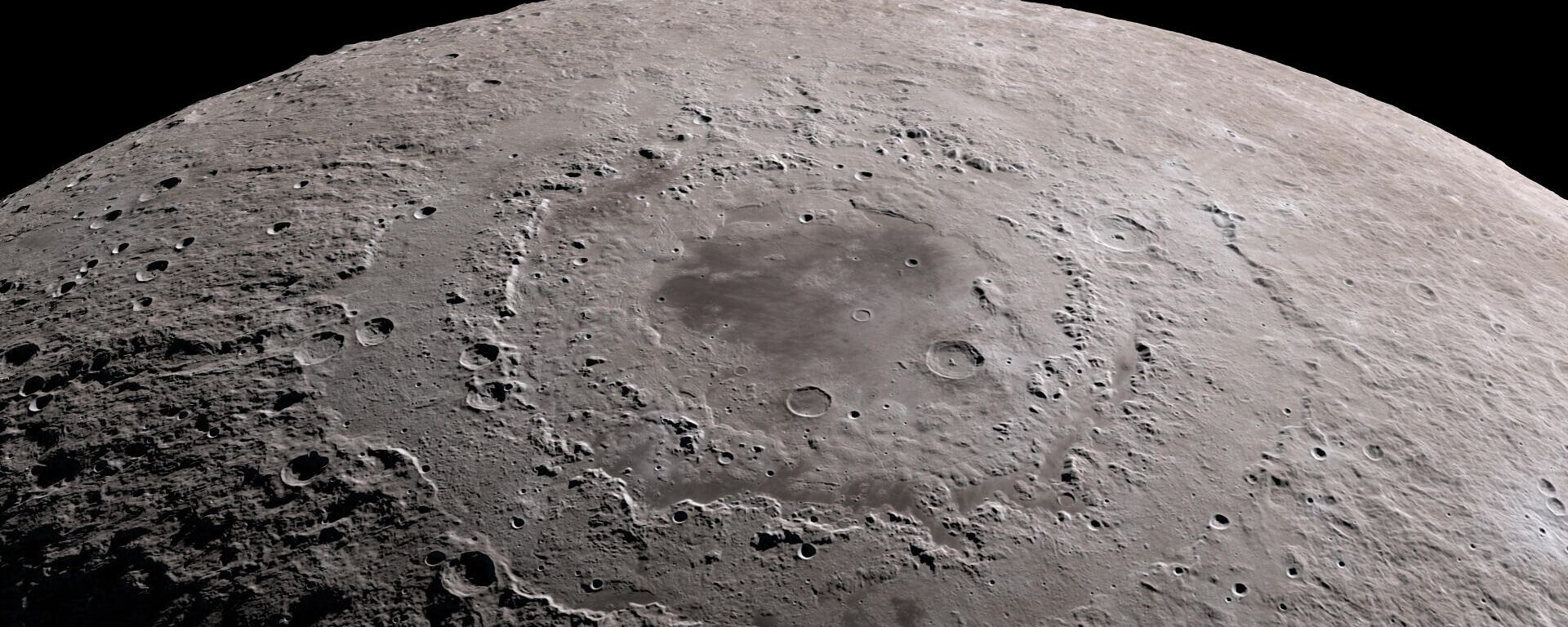https://sputnikglobe.com/20230713/lunar-mapping-project-reveals-man-in-the-moon-200-million-years-older-than-thought-1111863539.html
Lunar Mapping Project Reveals ‘Man in the Moon’ 200 Million Years Older Than Thought
Lunar Mapping Project Reveals ‘Man in the Moon’ 200 Million Years Older Than Thought
Sputnik International
A new model for lunar mapping has revealed that the craters making up the famous “Man in the Moon” illusion are considerably older than previously believed.
2023-07-13T21:35+0000
2023-07-13T21:35+0000
2023-07-13T21:33+0000
beyond politics
moon
apollo 15 mission
man
astronomy
https://cdn1.img.sputnikglobe.com/img/107824/45/1078244537_0:0:1920:1080_1920x0_80_0_0_06f79170185e14e897c46412267c2827.jpg
The moon’s surface isn’t nearly as geologically active as the Earth’s, despite their similarities in formation, so the craters left by asteroids that have bombarded it over the last 4.5 billion years have taken much longer to erode than they would down here on the planet.Previously, astronomers estimated the age of the surface by “crater counting,” or tallying up all of the impacts they could find and then estimating how long it would have taken to accumulate them. However, the returning of physical samples from the lunar surface has created problems for that method.Like here on Earth, lunar rocks can be dated by measuring the quantity of certain radioactive isotopes of potassium, argon, and uranium. In their research, the scientists painstakingly went through all of the lunar samples, corresponding the result of the radioactive dating of the rocks with the sites where they were collected, effectively correcting the errors in estimation from earlier studies.The project began in 2014 and involved using data from India’s Chandrayaan-1 orbiter, which mapped most of the lunar surface in 3D in 2008, to verify the rock samples were all of lunar origin and not pieces of asteroid deposited there by an impact.One of those areas was Mare Imbrium, a vast lava plain that forms the “right eye” of the “man in the moon,” an illusion of a human face formed by a grouping of craters and ridges on the side of the moon that faces the Earth. Samples of this crater were brought back by Apollo 15 in August 1971.The scientists found that while earlier estimates had pegged Mare Imbrium as being 3.9 billion years old, it is in fact 4.1 billion years old - 200 million years older than previously thought.Their research has been accepted for publication in the Planetary Science Journal.
https://sputnikglobe.com/20230506/its-not-cheese-scientists-confirm-what-makes-up-lunar-core-1110131209.html
Sputnik International
feedback@sputniknews.com
+74956456601
MIA „Rossiya Segodnya“
2023
News
en_EN
Sputnik International
feedback@sputniknews.com
+74956456601
MIA „Rossiya Segodnya“
Sputnik International
feedback@sputniknews.com
+74956456601
MIA „Rossiya Segodnya“
man in the moon; lunar; astronomy; moon; mare imbrium
man in the moon; lunar; astronomy; moon; mare imbrium
Lunar Mapping Project Reveals ‘Man in the Moon’ 200 Million Years Older Than Thought
A new model for lunar mapping has revealed that the craters making up the famous “Man in the Moon” illusion are considerably older than previously believed.
The moon’s surface isn’t nearly as geologically active as the Earth’s, despite their similarities in formation, so the craters left by asteroids that have bombarded it over the last 4.5 billion years have taken much longer to erode than they would down here on the planet.
Previously, astronomers estimated the age of the surface by “crater counting,” or tallying up all of the impacts they could find and then estimating how long it would have taken to accumulate them. However, the returning of physical samples from the lunar surface has created problems for that method.
Three programs have returned samples of lunar rock and dust from the moon to the Earth for humans to study: six of the United States’ manned Apollo missions in the 1960s and 70s, three of the Soviet Union’s unmanned Luna probes in the 1970s, and most recently, China’s Chang’e-5 unmanned rover in 2020.
Like here on Earth, lunar rocks can be dated by measuring the quantity of certain radioactive isotopes of potassium, argon, and uranium. In their research, the scientists painstakingly went through all of the lunar samples, corresponding the result of the radioactive dating of the rocks with the sites where they were collected, effectively correcting the errors in estimation from earlier studies.
The project began in 2014 and involved using data from India’s Chandrayaan-1 orbiter, which mapped most of the lunar surface in 3D in 2008, to verify the rock samples were all of lunar origin and not pieces of asteroid deposited there by an impact.
“Looking at the signs of these impacts on the moon shows what Earth would be like without the geological churning of plate tectonics which took place here on Earth. What we have done is to show that large portions of the lunar crust are around 200 million years older than had been thought,” researcher Stephanie Werner, a geologist at the University of Oslo's Centre for Planetary Habitability and contributor to the study, said in a statement.
One of those areas was Mare Imbrium, a vast lava plain that forms the “right eye” of the “man in the moon,” an illusion of a human face formed by a grouping of craters and ridges on the side of the moon that faces the Earth. Samples of this crater were brought back by Apollo 15 in August 1971.
The scientists found that while earlier estimates had pegged Mare Imbrium as being 3.9 billion years old, it is in fact 4.1 billion years old - 200 million years older than previously thought.
“This is an important difference,” Werner said. “It allows us to push back in time an intense period of bombardment from space, which we now know took place before extensive volcanic activity that formed the ‘Man in the Moon’ patterns - the mare volcanic plains including Mare Imbrium. As this happened on the moon, the Earth was almost certain to have also suffered this earlier bombardment too.”
Their research has been accepted for publication in the Planetary Science Journal.



